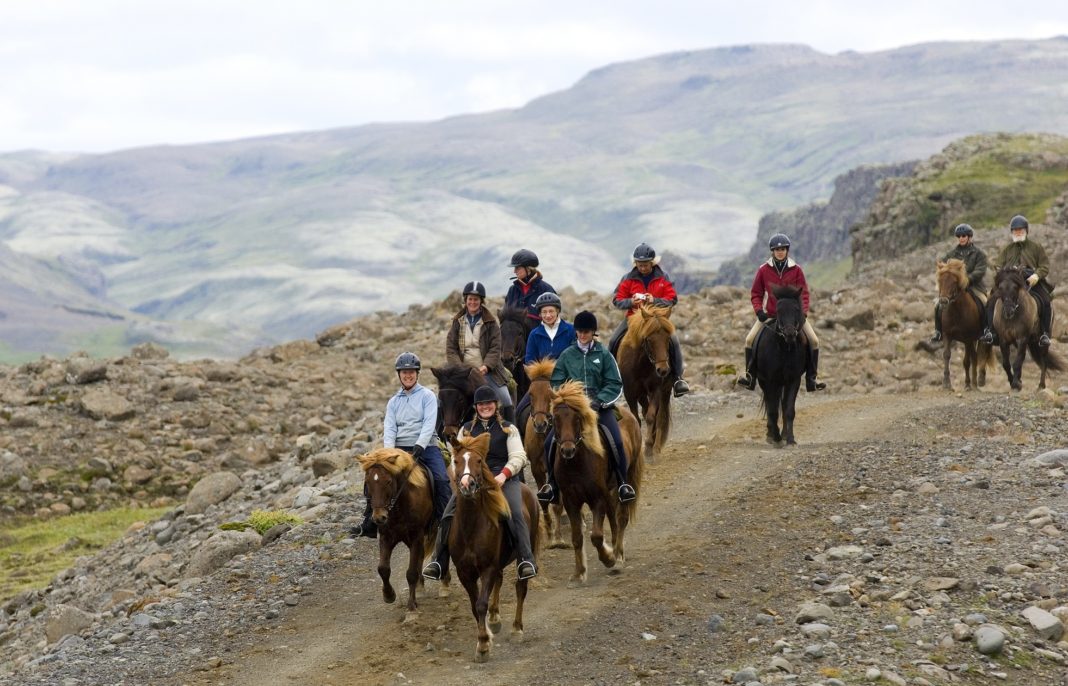The best kind of safari involves a lot of enthusiasm, a great deal of planning and a horse rider’s trail. Riding on horseback to observe the wildlife in their natural habitat is one of the best experiences you will ever have. In fact, you must have already noticed how certain people prefer horseback riding over car or jeep safaris. The sound of a vehicle and the smell of fuel put the wild animals in a frenzy, and they steer clear of their usual path. The scent of another animal like a horse and the lack of mechanical hum often make it much easier for the riders to spot the wildlings in their natural habitat.
While riding on horseback on a wilderness trail, there are few riding codes of ethics that you should never forget to make the experience enjoyable for everyone –
Maintain pace: when you are with a group of riders on a trail, always move at the same speed. Do not lag behind or lead too much. Do not take off at a lonesome trot or do not elope with your equine companion without declaring your intentions to your fellow riders.
Riding with an aggressive horse: not all horses come as calm and tame dames. Some are just magnificent beasts with a temper as wild as the wilderness itself. If your horse has a temper problem, if he tends to become aggressive in the company of other horses or if his manners take a back seat in the company, then you have every obligation to let your companions know. The horses you see during the TVG race schedule are all thoroughly well-behaved because they receive regular training in mannerisms. You cannot expect a green trail horse to behave the same way.
Don’t startle: horses can be easily alarmed and startled. Never rush past other horses without enough prologues. You risk creating a huge ruckus and missing significant chances of losing picturesque vistas of wild animals by causing a commotion. Also, remember not to tailgate. Tailgating is annoying no matter what you are riding! Always maintain a safe distance from the rider in front.
Stick to your turn at the water trough: all horses in your team need to drink. Don’t gulp all the water and don’t horse-block other riders. Always wait for the last horse to finish drinking, wait for seconds and then leave.
Do not desert a rider: it is never alright to leave a rider behind. Now, someone may need to strap their saddles or check their horse’s hooves, but this gives no excuse to the other riders to ditch the one who’s lagging behind. The safest way is to move is information. If you always stick to one formation, it will be easier to keep a count of all riders.
There is no trick here. The idea is to respect your horse and the other horses on the trail. Sometimes, trails can be crowded due to safari season. Maintaining a safe distance, constant pace and respecting other riders’ need to rest or stop, helps in preventing a commotion and facilitating a rewarding wildlife safari experience for all riders.







